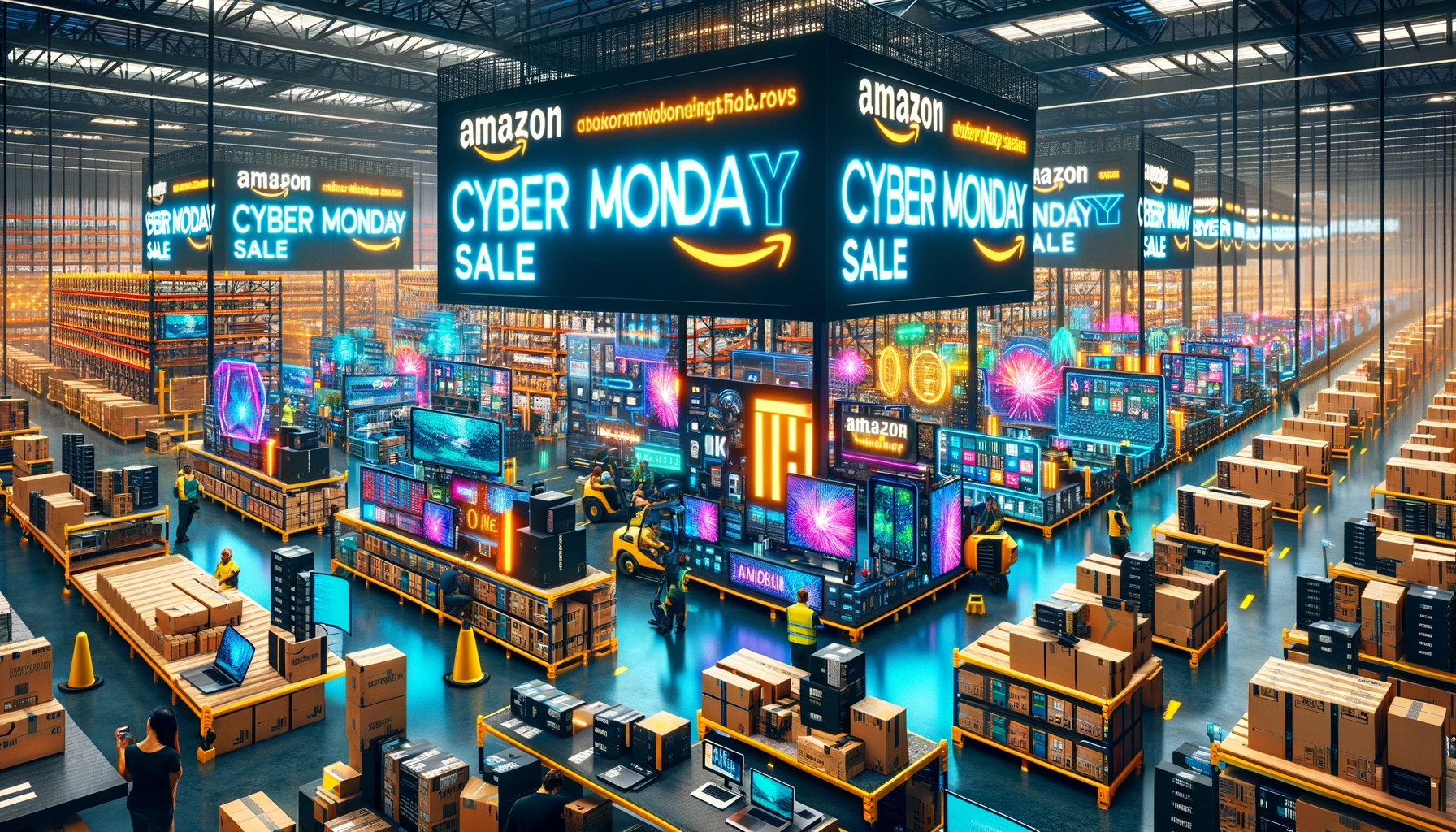Cyber Monday Deals
Cyber Monday proved to be yet another spendy day in the US. A record $12.4B was spent in online shopping, up 9.4% from 2022, as reported by Adobe Analytics. Across all e-commerce, Adobe reported the biggest daily deals were found in electronics and toys, discounted at 31% and 27%, respectively.
We looked deeper into Cyber Monday deals on Amazon and tracked 50 items across a wide spectrum located in their “Cyber Monday Deals” section. These items ranged from Amazon’s own Kindle and Amazon Basics clothing to Coach handbags, protein bars, and batteries. Our goal was to examine sale price, discount percentage, and the original price. The average Cyber Monday discount across the 50 items tracked was 34%.

